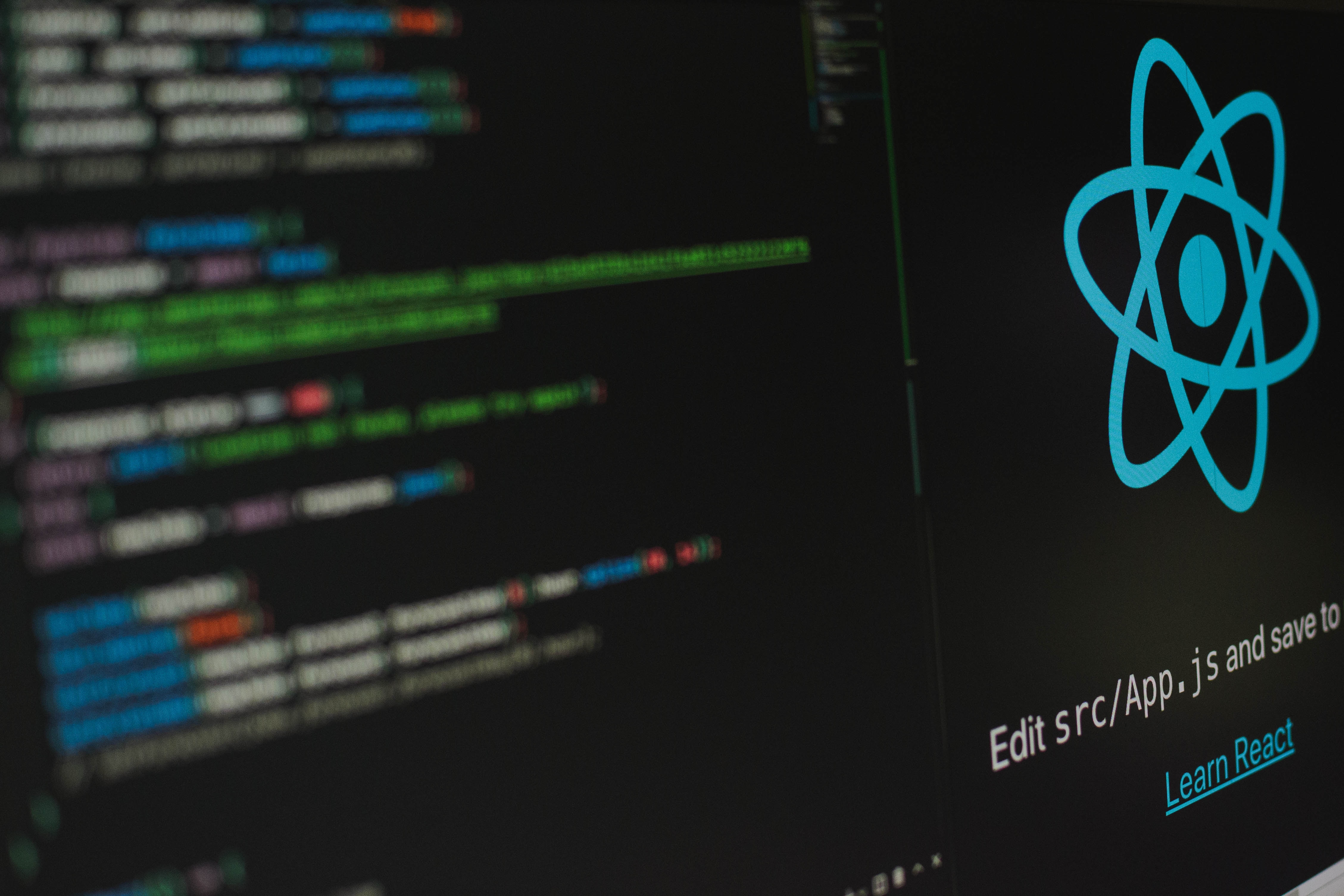
Sika
The useEffect Hook in React
Introduction
Welcome to our beginner's guide on one of the most powerful and commonly used hooks in React - useEffect. As a functional component developer, you'll often find yourself needing to manage side effects and respond to lifecycle events. This is where the useEffect hook comes to the rescue, allowing you to handle these tasks with ease. In this blog post, we'll explore the fundamentals of the useEffect hook, its syntax, and how it revolutionizes the way we work with side effects in React.
Basic Syntax
The useEffect hook in React provides a simple and flexible way to handle side effects in functional components. Understanding the basic syntax of useEffect is crucial for effectively utilizing this powerful hook. Let's dive into the fundamental structure:
The basic syntax of the useEffect hook is as follows:
JSX Code
useEffect(() => {
// Side effect code
}, [dependencies]);
The useEffect hook takes in a function as its first parameter, commonly referred to as the "effect" function. This function contains the code that will be executed as the side effect. It can include any operations you need to perform, such as making API calls, manipulating the DOM, subscribing to events, or updating component state.
Dependency arrays play a crucial role in controlling the behavior of the `useEffect` hook in React. They determine when the effect should re-run by tracking the values of specific variables or state properties. Here's a brief explanation of dependency arrays and their significance:
The dependencies array is an optional list of values that the effect depends on. These values can be variables, state properties, or any other values that may change over time.
When the component renders, React compares the current values of the dependencies to their previous values. If any of the dependencies have changed, React considers the effect to be "stale" and re-runs the effect function. On the other hand, if none of the dependencies have changed, React skips re-running the effect to avoid unnecessary computations or API calls.
The significance of the dependency array lies in its ability to optimize performance. By specifying only the necessary dependencies, you ensure that the effect runs when the relevant data changes and doesn't run when it's not needed. This helps avoid unnecessary re-renders and improves the overall efficiency of your application.
It's important to note that the dependency array should be carefully constructed. Omitting the dependency array (i.e., providing an empty array) causes the effect to run only once, similar to componentDidMount. If you provide no dependency array at all, the effect will run after every render, like componentDidUpdate. Including all variables or state properties as dependencies can also lead to undesired effects, such as excessive re-rendering or infinite loops.
To summarize, dependency arrays allow you to fine-tune when the useEffect hook should run by tracking specific values. By providing the necessary dependencies, you optimize performance and ensure that the effect executes precisely when required, avoiding unnecessary computations and side effects.
Common Use Cases of the useEffect Hook
The useEffect hook in React is incredibly versatile and can be used in a wide range of scenarios. Here, we'll explore some common use cases where the useEffect hook proves to be particularly useful:
Data Fetching:
useEffectis commonly employed for fetching data from APIs or external sources. You can make asynchronous requests within the effect function using tools likefetchor third-party libraries like Axios. The effect can be triggered once when the component mounts or whenever specific dependencies change.Subscription and Event Handling:
useEffectis ideal for managing subscriptions or event listeners. You can set up event listeners within the effect function to handle events such as keyboard inputs, mouse clicks, or WebSocket messages. Remember to clean up the subscriptions by returning a cleanup function from the effect to avoid memory leaks.Integration with Third-Party Libraries: When working with third-party libraries or plugins,
useEffectallows you to perform necessary initialization or cleanup tasks. You can use the effect to initialize libraries, bind/unbind event handlers, or modify the DOM when integrating external components.Timers and Intervals:
useEffectis suitable for managing timers and intervals. You can set up timers to perform specific actions after a specified delay or create intervals for recurring tasks. Remember to clear the timers or intervals by returning a cleanup function from the effect to prevent memory leaks.Reacting to Changes in State or Props:
useEffectis useful for responding to changes in component state or props. By specifying the relevant dependencies in the dependency array, the effect will re-run whenever the values of those dependencies change. This can be used to trigger actions or update the UI based on the changes.Synchronizing with External Resources:
useEffectcan be used to synchronize with external resources or perform side effects after the component renders. This can include interactions with local storage, cookies, browser APIs, or manipulating the DOM directly.Animations and Transitions:
useEffectcan be utilized for implementing animations and transitions in your components. By changing the values of CSS properties over time within the effect function, you can create smooth animations or transitions when specific conditions are met.Cleanup and Resource Management:
useEffectallows you to clean up resources and perform necessary cleanup operations when a component unmounts or when dependencies change. This is crucial for releasing memory, canceling pending requests, or unsubscribing from event listeners.
These are just a few common use cases of the useEffect hook, showcasing its versatility and power in managing side effects and lifecycle events within functional components. Remember to structure your effects based on the specific needs of your application and to optimize them for performance by carefully managing dependencies and cleanup operations.
Best Practices
When utilizing the useEffect hook in React, it's important to follow some best practices to ensure clean and efficient code. Here are three key best practices for using the useEffect hook effectively:
Specify Dependencies Carefully: When providing a dependency array to
useEffect, make sure to include only the necessary dependencies. Including unnecessary dependencies can lead to excessive re-rendering and effect executions. On the other hand, omitting dependencies or providing an empty array can cause the effect to run only once or after every render, respectively. Analyze the dependencies that affect the behavior of your effect and include them accordingly to optimize performance.Handle Cleanup Operations: If your effect requires any cleanup operations, such as unsubscribing from event listeners or canceling asynchronous requests, make sure to return a cleanup function from the effect. This ensures that the cleanup is performed when the component unmounts or when dependencies change before the next effect execution. Failing to clean up resources properly can lead to memory leaks and potential bugs in your application.
Understand Side Effects and Rendering: It's crucial to have a clear understanding of the relationship between side effects and rendering. Remember that effects run after every render, including the initial render. Be cautious when modifying state within an effect to avoid triggering unnecessary re-renders or infinite loops. If you need to update state based on a condition, ensure that the condition is evaluated correctly and that it doesn't lead to cascading effects. Keeping your effects focused, avoiding excessive nesting, and understanding the order of effect execution can help prevent unexpected behaviors.
By following these best practices, you can effectively use the useEffect hook in React and ensure that your code is clean, performant, and easy to maintain. Remember to analyze your dependencies, handle cleanup operations appropriately, and have a good grasp of side effects and rendering to make the most of this powerful hook.

Sika
Detail-oriented Frontend Developer with expertise in HTML, CSS, JavaScript, React.js, Node.js, REST APIs, GraphQL, Three.js, Framer Motion, Material UI, SCSS, Tailwindcss, and many other languages and tools. Highly skilled at both autonomous and group work, with a focus on lifelong learning and developing solutions that go above and beyond.
0 comments
Be the first to leave a comment!